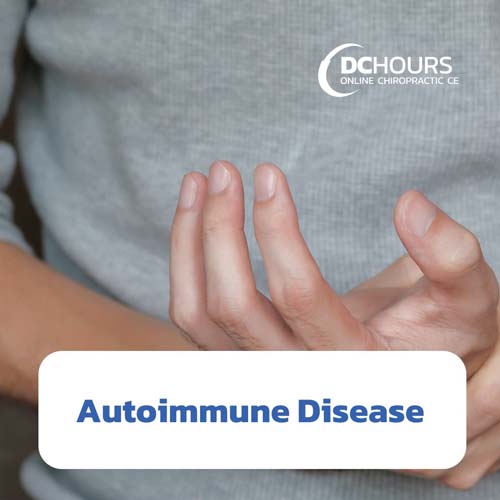Nutritional Assessment for the Chiropractor – Part 1
An integral part of running a functional medicine practice is a proper history and clinical assessment. This is probably one of the most important factors in helping a patient get well. Often, by simply taking a good history the practitioner will not only be able to make an initial diagnosis, but this will also direct
















